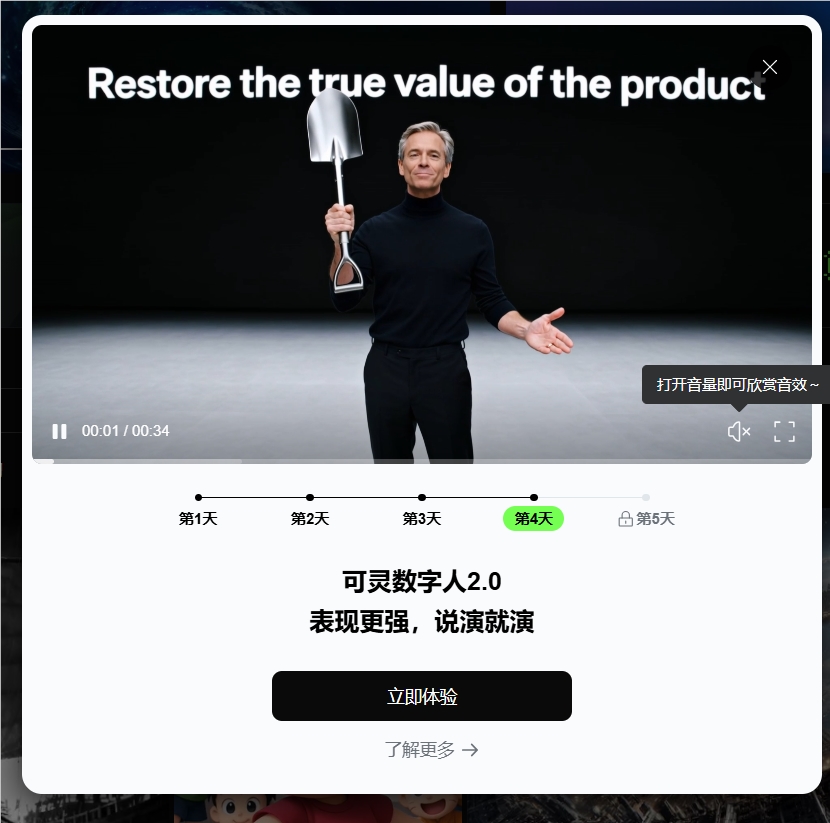Recently, Google demonstrated a new prototype called "Neural Operating System," which has attracted widespread attention due to its unique interface generation method. Unlike traditional operating systems, Google's neural operating system does not rely on interfaces designed in advance by programmers, but instead uses a large language model called Gemini 2.5 Flash-Lite to generate dynamic interfaces in real-time based on user needs. This cutting-edge technology indicates that the future of human-computer interaction will become more intelligent and flexible.

In traditional operating systems, every button and menu is pre-written and designed by developers, and each click and operation by users is a call to predefined functions. However, in Google's neural operating system, each user interaction is treated as an instruction to generate a new interface. In short, users are no longer searching for functions within a fixed interface, but rather exploring a constantly changing city where new scenes appear with each step.
To achieve this innovation, the Google research team designed a sophisticated mechanism that divides instructions given to the model into two parts: "interface composition" and "interface interaction." "Interface composition" defines the basic appearance of the entire system, while "interface interaction" records each user operation and sends it to the model in JSON format. Based on this information, the model generates a new interface, ensuring consistency and continuity of the user experience.
In addition, Google's system is capable of rapid response, using streaming transmission technology to generate user interfaces almost instantly, avoiding discomfort caused by waiting. More importantly, the system can cache already generated interfaces through a "generative interface map," allowing users to directly access the cache when returning to the same location, thereby improving the system's stability and the smoothness of user operations.
Notably, the academic community is also conducting similar research. A project called NeuralOS predicts screen images to generate real-time interfaces, demonstrating the potential of neural networks in operating system simulation.
Although Google's neural operating system is still in the prototype stage, the underlying technological concept has shown broad application prospects. With real-time generated interfaces, user operations will be more convenient, thus enhancing the overall user experience.
Paper: https://arxiv.org/abs/2507.08800
Key Points:
✨ Google's neural operating system realizes real-time interface generation through the Gemini model, changing the traditional interaction mode.
⚡ The system generates dynamic interfaces based on user operations, improving response speed and consistency of user experience.
📊 Similar research in academia, such as NeuralOS, demonstrates the potential of neural networks in the field of operating systems.







